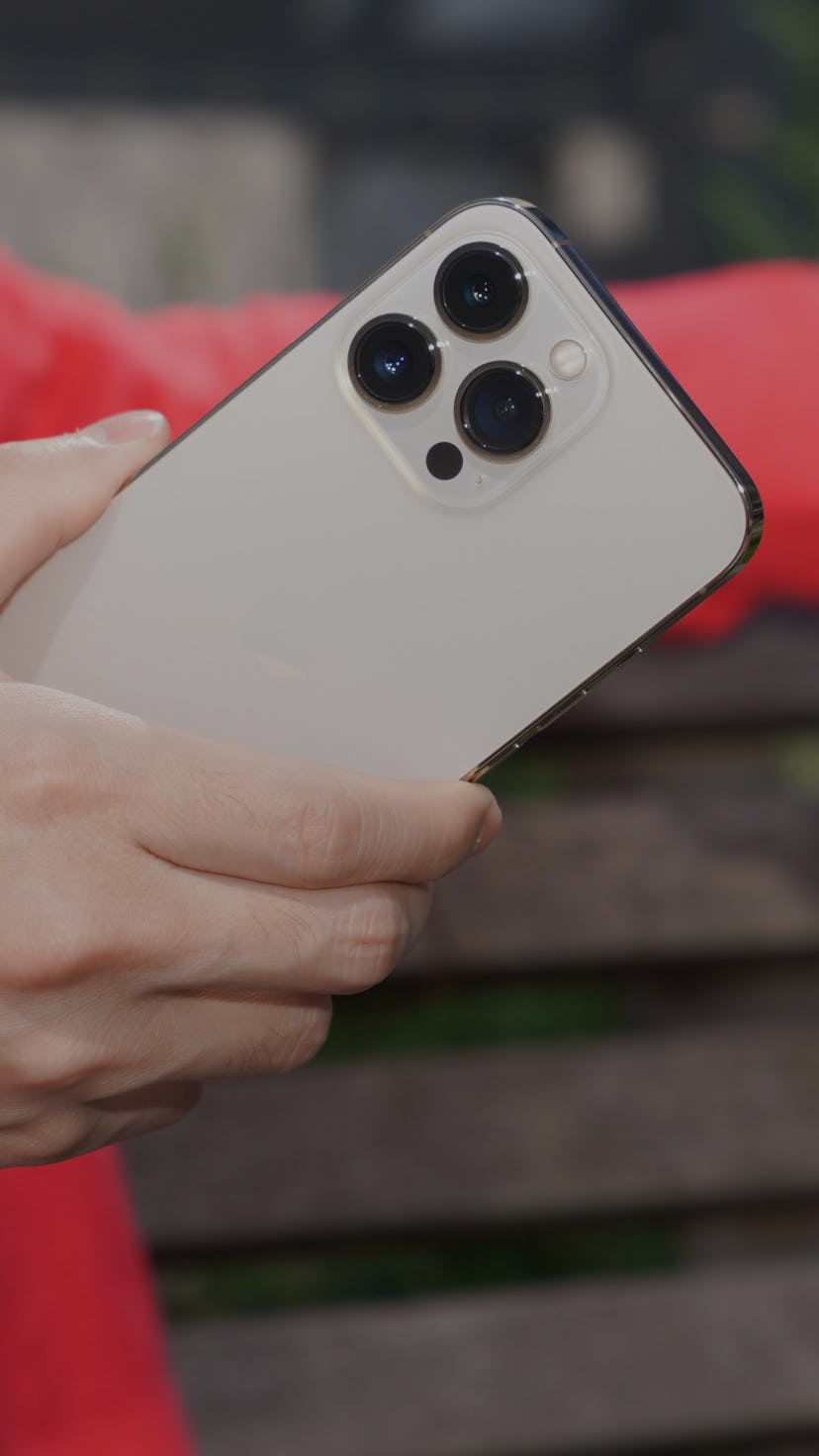The iPhone 13 Pro comes with some seriously updated camera hardware. With a trio of lenses — wide, ultrawide, and telephoto — you’ll unlock a new level of photography and videography with the next-gen phone.
You’ll see high-quality photos and footage immediately with your new device, but there are also a few setting changes you can make that will lead to an even better shooting experience.
📷: Raymond Wong / Input
Turn on Camera Lock
The trio of lenses is great for shooting all sorts of video, but your footage can turn out looking odd if the camera system switches between lenses in the middle of filming when you make adjustments to your physical positioning or alter the zoom.
To turn on Camera Lock, go to Settings, Camera, Record Video, and tap the “Lock Camera” toggle at the bottom of the menu.
Enable ProRaw
What’s even better than JPEG? Apple’s innovative ProRAW feature, which includes additional image metadata for even more creative control.
Go to Settings, then Camera, and choose Formats. From here you can tap to turn on Apple ProRaw. Finally, within the camera UI tap the icon to turn on RAW before shooting.
Enable Volume Up for burst shooting
Burst shooting allows you to capture ten frames in a second, the perfect tool for shooting action shots you’d otherwise miss if you were rapidly tapping the capture button. You can set this capture method to the Volume Up button on your phone for quick and easy access.
Go to Settings, Camera, then toggle “Use Volume Up for Burst”.
Turn off HDR for video
HDR video capture allows for better contrast, more color accuracy, and overall sharper footage at the point of capture. This can look great, but it may not be the look you’re going for. And this format doesn’t always show up well on social media platforms that are still catching up on supporting top video formats.
Go to Settings, Camera, Record Video, then tap to turn off “HDR Video”.
Customize your Photographic Styles
Every phone camera takes photos with a certain look to them. If you want an aesthetic that’s maybe richer in contrast, or more vibrant, or warmer or cooler, like what you’d get from a Pixel or Samsung Galaxy, you can now do so directly in-camera with Photographic Styles. These aren’t just filters, they’re tones and white balance intelligently applied to a shot without messing, say, skin tones.
